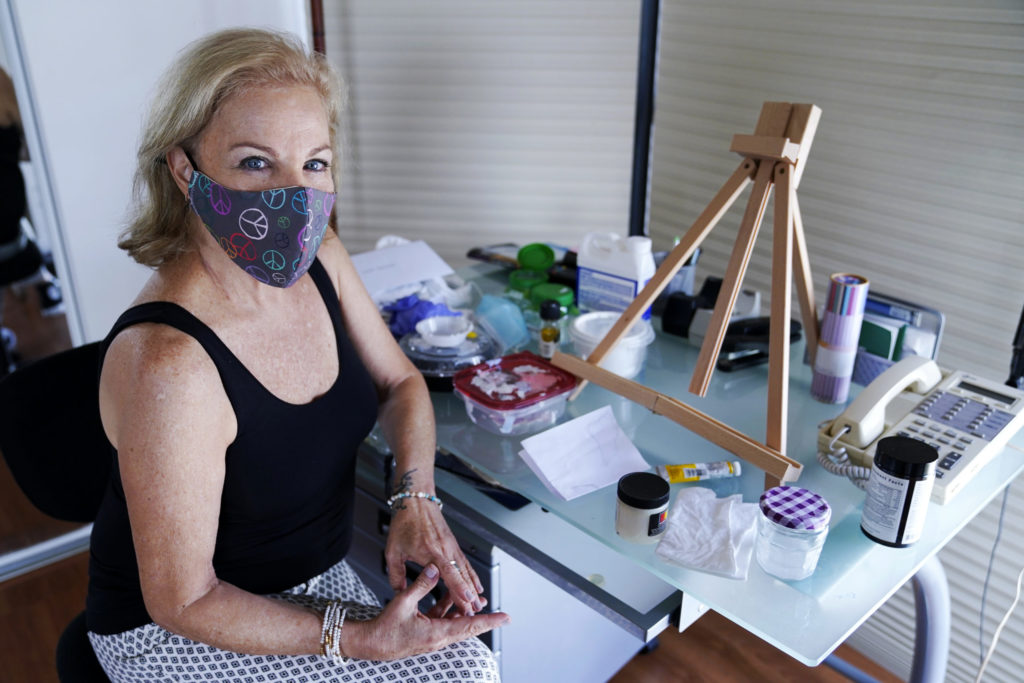Amid the virus, NYC visual artists take refuge in their work

An apple reflected on a lamp. A clock where time seemed to have frozen. Nurses dressed more like astronauts on Mars.
Irene Pressner keeps “flashes” of her experience after contracting the coronavirus. The conceptual artist and photographer from Venezuela was close to death in New York City. After suffering severe pain and fainting a few times, she was finally admitted to a hospital. A few days after her hospitalization, her husband was also admitted. Only she survived.
Now in recovery and mourning, the artist continues experimenting to see how the virus changes her art. But in her case, she knows it won’t be dark: “My works have light, but now will also have the burden of what I lived.”

Brooklyn Boro
View MoreNew York City’s most populous borough, Brooklyn, is home to nearly 2.6 million residents. If Brooklyn were an independent city it would be the fourth largest city in the United States. While Brooklyn has become the epitome of ‘cool and hip’ in recent years, for those that were born here, raised families here and improved communities over the years, Brooklyn has never been ‘uncool’.